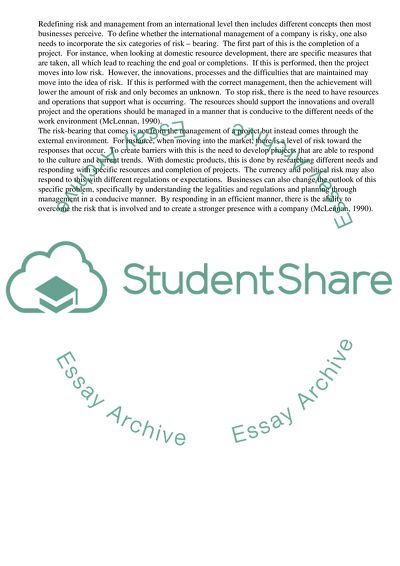Cite this document
(International Business Term Paper Example | Topics and Well Written Essays - 3500 words, n.d.)
International Business Term Paper Example | Topics and Well Written Essays - 3500 words. Retrieved from https://studentshare.org/business/1741696-assessment-item-1-assignment
International Business Term Paper Example | Topics and Well Written Essays - 3500 words. Retrieved from https://studentshare.org/business/1741696-assessment-item-1-assignment
(International Business Term Paper Example | Topics and Well Written Essays - 3500 Words)
International Business Term Paper Example | Topics and Well Written Essays - 3500 Words. https://studentshare.org/business/1741696-assessment-item-1-assignment.
International Business Term Paper Example | Topics and Well Written Essays - 3500 Words. https://studentshare.org/business/1741696-assessment-item-1-assignment.
“International Business Term Paper Example | Topics and Well Written Essays - 3500 Words”, n.d. https://studentshare.org/business/1741696-assessment-item-1-assignment.


